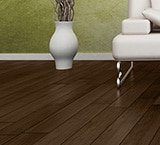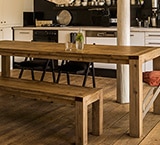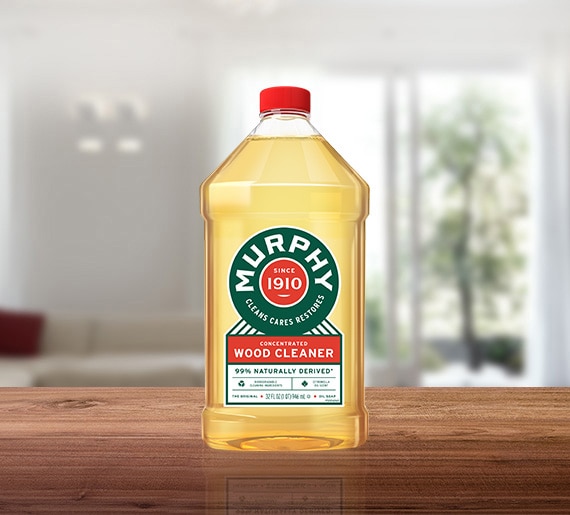WOOD FURNITURE, CLEANING FURNITURE
Choosing a Unique Floor Finish for Your Home

When decorating the home, choosing a floor finish for your wood floors is just as important as shopping for paint color and new furnishings. For those installing a new wood floor, many options come prefinished. For an existing wood floor, sanding and refinishing can bring an entirely new appeal to your abode.
Before searching for colors of finishes, you should consider your current decor. Then you can determine your new finish based on species of wood, traffic volume and your general usage of the space.
CONSIDER DECOR
When decorating a room whose theme consists in wood, other elements of its look — such as chrome, brass and stone — can be considered in your ultimate choice of finish. Much like the layering effect possible in borders and paneling, your floor can inspire the rule of mixing three different woods or finishes. Don't attempt to match the floor to your furnishings, though; this can make the decor look amateur. Instead, mix light and dark woods with finishes that balance one another. The wood floors should merely complement the rest of the decor.
WOOD SPECIES
Different types of wood will support a finish in different ways. Oak, usually the most common of woods seen on a floor, tends to hold color well and is compatible with many choices of finish. Lighter woods such as birch and Maple, along with evergreen woods like pine, look better when left natural, because it can be harder to apply a stain evenly. Pine floors stained darker may add distressed and interesting detail with an uneven stain for a cozy cottage look. The grains and small pores in maple and birch require special methods to prepare the wood to hold darker stain colors.
WOOD COLOR CHOICES
Wood stains now come in an endless choice of colors, including custom options. The first step to choosing your color is to decide on a light, medium or Dark Floor Finish. Finishes can also come in varying degrees of translucency, from a very thin finish that shows the beauty of the wood grain to a thick coating with an opacity similar to a paint.
- Light neutral stains, such as a golden oak, wear well and can add a brighter appeal to a room for a comfy look. A white or light color stain can add an entirely new feeling to a room. It coordinates well with light color in the walls and decor as well, and only go with light finish in an area that isn't high in traffic — it can darken it over time.
- Traditional or transitional decor is stunning with a floor finish in a medium stain, such as a chestnut or cherry finish. You can add excitement by staining in a color, such as red or green, but remember that you'll be living with these floors for many years. Medium stains also look great for a country home when distressed and worn, contributing to the lived-in warmth of the decor.
- Darker stains can establish a sense of class in a room, and include colors such as ebony and mahogany. These finishes look beautiful with chrome and mirrored furnishing pieces, emulating style and richness. For example, a dark floor may look super-rich against an eye-catching red wall.
Make sure you use a desired level of sheen — the high end of which can reveal dirt and blemishes, according to Better Homes And Gardens — and complete the floor with a top finish that is compatible with the type of stain chosen. Once your floors are finished, clean and nourish them frequently. Place floor protectors under furniture and rugs to prevent scratching and other accidental damage. Most important is how well the finish enhances the beauty of the room as a whole.
This article was brought to you by Colgate-Palmolive Company, the makers of Murphy® Oil Soap. The views and opinions expressed by the author do not reflect the position of the Colgate-Palmolive Company.









